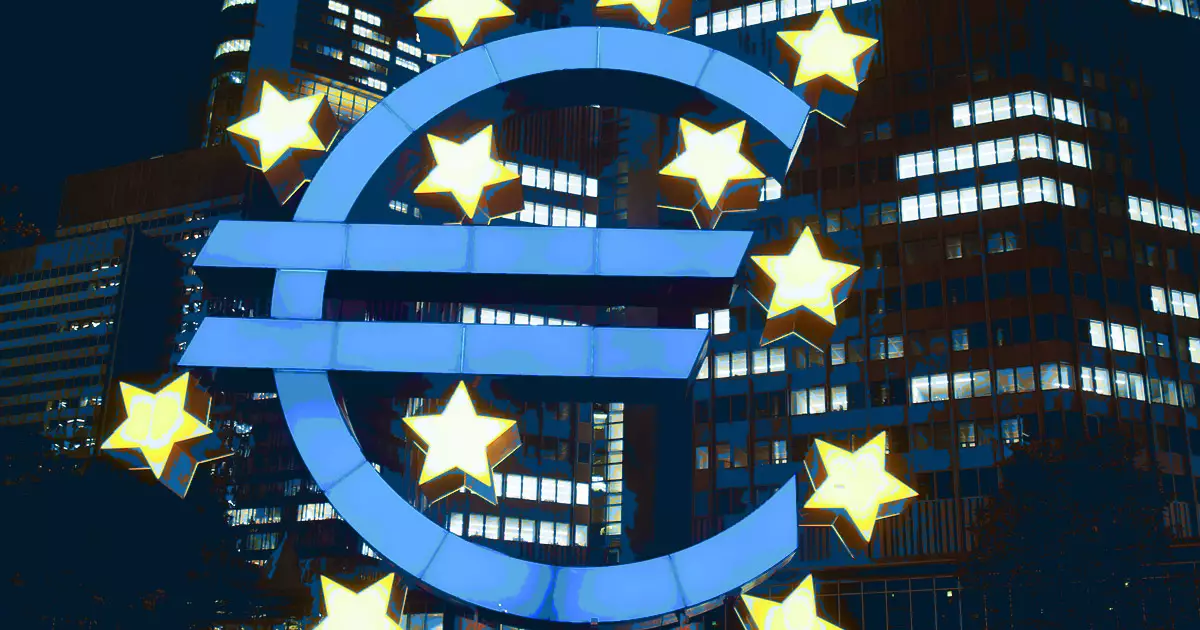In recent discussions surrounding Europe’s financial future, one figure has emerged as a vocal advocate for integration through modern technology: Piero Cipollone, a board member of the European Central Bank (ECB). His recent address at the Bundesbank Symposium on the Future of Payments revealed the pressing need for Europe to adopt digital assets and distributed ledger technology (DLT) as essential components of a unified capital markets union. This initiative seeks to break away from the fragmented financial framework that has limited the performance and competitiveness of Europe’s financial markets.
Cipollone’s remarks emphasized that despite Europe housing 35 distinct listing exchanges and 41 trading platforms, the current financial landscape is riddled with inefficiencies. The multitude of platforms not only complicates trading operations but also drives up costs for market participants. Acknowledging the efforts made, such as the TARGET2-Securities platform aimed at normalizing securities settlements, Cipollone pointed to the significant roadblocks that clutter the landscape. Chief among these are regulatory inconsistencies and varying legislative frameworks that suppress the potential for a cohesive financial ecosystem.
The disparities in regulations regarding asset custody, taxation, and supervisory practices have created an environment where European markets struggle to compete on a global scale. According to Cipollone, the absence of a cohesive regulatory approach and a stable asset underpinning these markets has perpetuated a fragmented reality that must be addressed urgently. He underscored the necessity for streamlined regulations across EU member states to foster a more integrated capital market environment that can thrive within the global financial ecosystem.
The current steps being taken towards integration, while commendable, need bolstering. Cipollone stressed that the accelerated exploration into digital assets is not merely an opportunity, but a necessity in facilitating smoother and more efficient trading practices. By embracing tokenization—the process of creating digital representations of real-world assets using DLT—Europe stands to gain a significant edge, enabling the financial sector to move beyond age-old inefficiencies that hinder productivity.
Tokenization represents not just an evolution in asset management but a potential revolution that could redefine how transactions occur. DLT allows assets to exist on a decentralized network, offering various benefits like real-time transactions and reduced reliance on centralized databases. Cipollone articulated this transformation as a pivotal moment, stating, “This could mark the shift from centuries-old bookkeeping systems to a future of decentralized, real-time transactions.” The implications of such vast changes are enormous, especially given that a substantial percentage of European banks are already on the journey to exploring DLT solutions.
Yet, despite the promising trajectory, Cipollone pointed out that the potential of DLT remains largely untapped. He urged regulatory bodies and financial institutions alike to act swiftly to adapt to these changes. The crux of his argument rests on the establishment of a European ledger—an infrastructure where digital assets, central bank money, and commercial bank transactions can operate seamlessly together. This single platform would reduce market fragmentation, enhance operational efficiency, and encourage participation from various financial players, including depositories and financial institutions.
Cipollone’s calls extend beyond individual institutional efforts; he highlighted a crucial need for enhanced collaboration among regulators, central banks, and market participants. Without cohesive effort towards the widespread adoption of DLT and digital assets, Europe risks falling further behind in the financial race. In his vision, collective action will not only prevent existing fragmentation but also position Europe as a leader in the digital capital market arena, setting a precedent for others to follow.
The transformative force of tokenization is indispensable. It offers more than just efficiency; it promises increased liquidity and lower transaction costs. As Europe continues to grapple with its financial challenges, the considerations laid out by Cipollone present a compelling case for embracing digital assets as an integral element of the pursuit for a more unified capital markets union. In closing, Cipollone’s insights herald a pivotal juncture in financial history, urging stakeholders to innovate boldly, ensuring that Europe not only adapts but thrives in the changing global economic landscape.



Leave a Reply